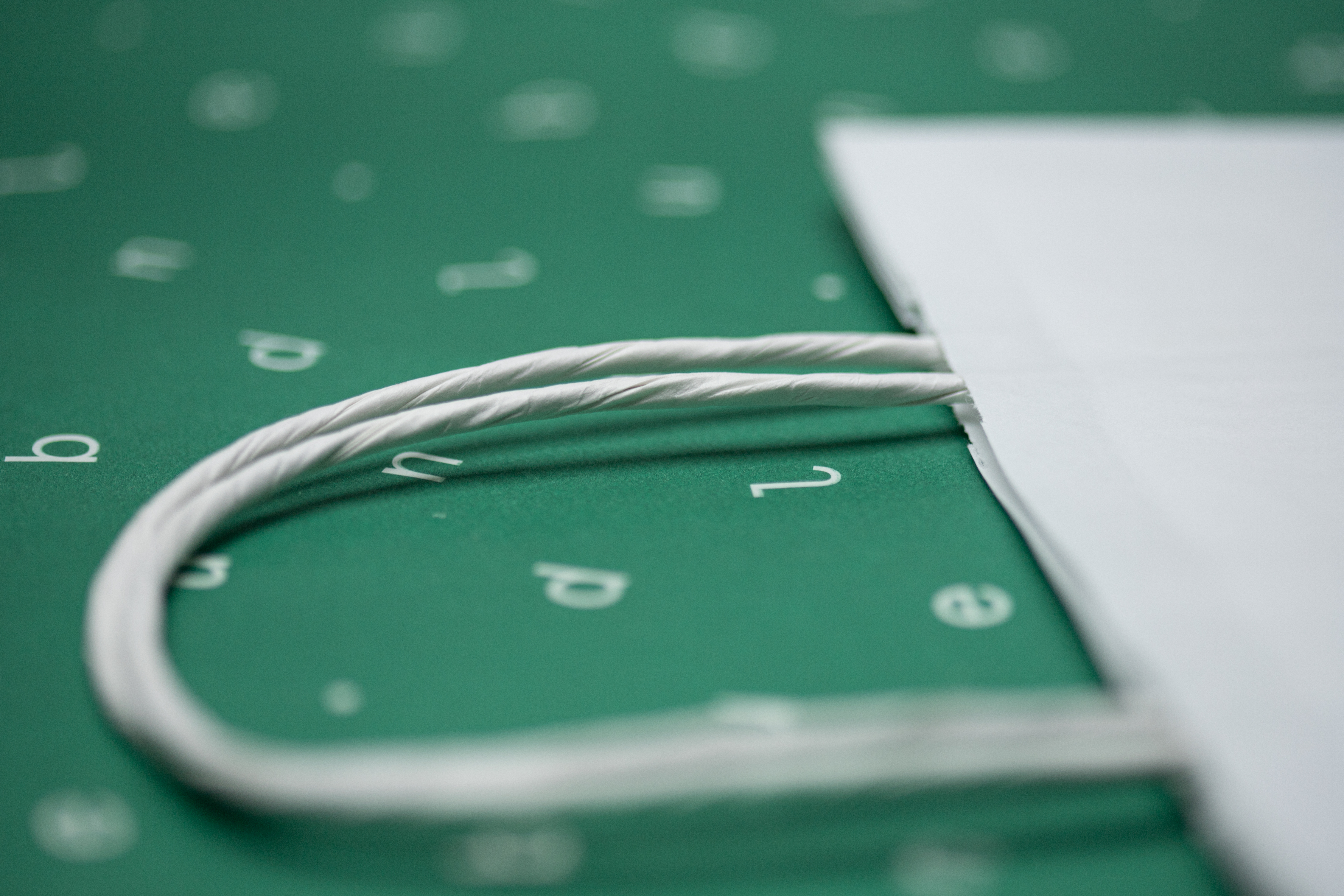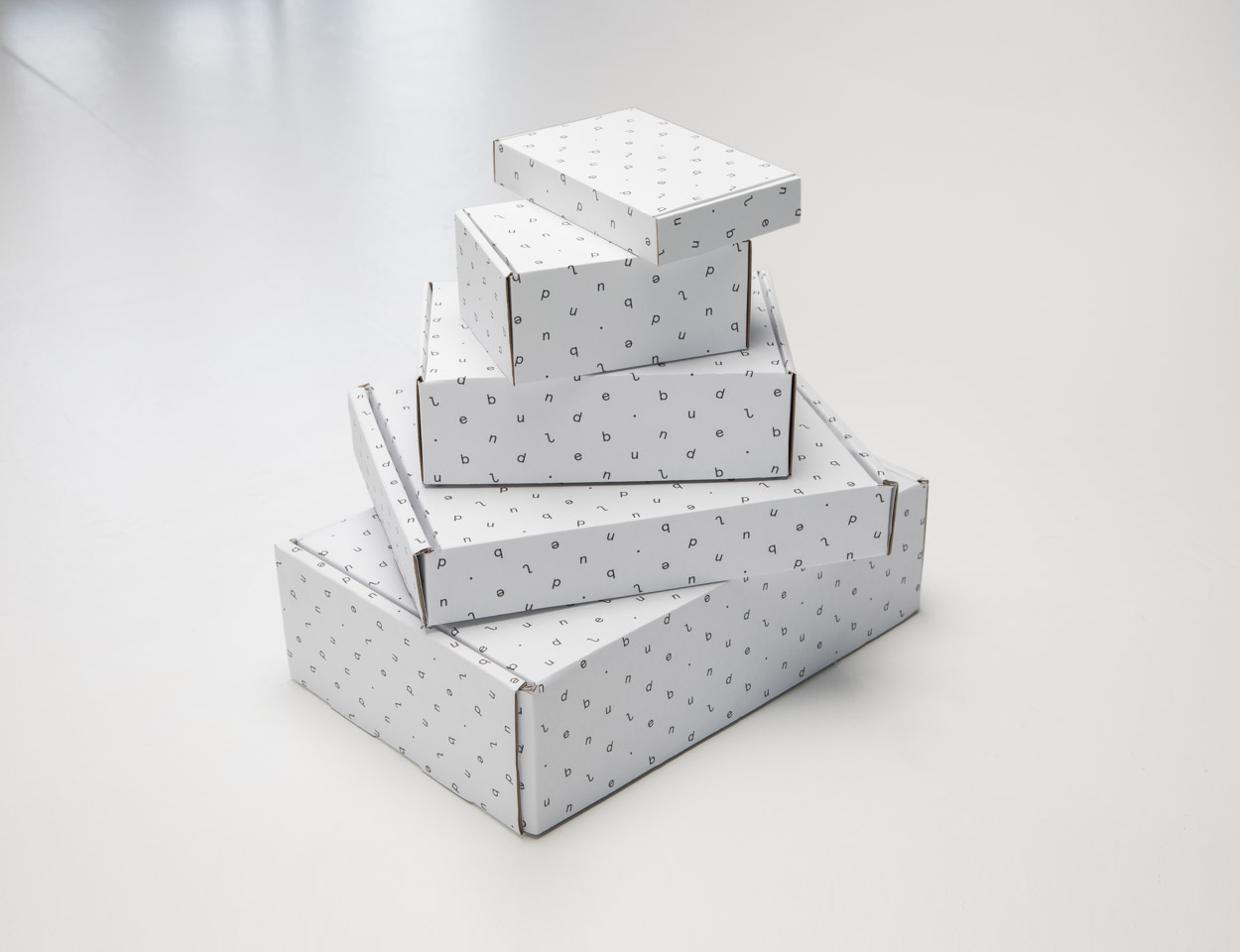Blog
What Does GSM Mean: Custom Packaging

When ordering custom packaging, print, boxes, stationery and more, you’ll see the word GSM. But what does GSM mean, and why does it matter?
In this article, we answer all your questions on GSM, providing a helpful guide on how you can get the print finish you want every time.
What does GSM stand for?
GSM stands for grams per square metre. It’s used to differentiate between different weights of paper and cardboard.
GSM isn’t a measurement of size but about weight. It doesn’t matter whether you’re ordering a business card or an A1 printed poster; you’ll find GSM is measured in the same way. The GSM standard is universal across all printers.
Some people think GSM is a measure of paper thickness, but that’s not technically true. Some paper stocks are denser than others, some coated and others not. Two types of paper may weigh the same (have the same GSM), but one may be thicker than the other.
As we explore later, the GSM of the paper and cardboard you choose has implications for the print and distribution costs, finished product look and feel and overall durability.
Understanding what GSM is and why it matters is crucial to getting high quality finished results you want from your custom packaging and print.
What does GSM mean paper?
Paper is paper, right? Wrong.
When shopping for paper, you’ll quickly see several options to choose from, including gloss, matt and silk coated papers, recycled papers and uncoated paper. Each type of paper has a different finish, feel and GSM.
The stock and GSM of your paper will have implications for how you print it and impact the final finish. Paper ranges from wafer thin 50 GSM typically used for newspapers to 160 GSM thick paper. Anything above that is considered a card by professionals.
What is GSM cardboard?

The weight of cardboard, like paper, is measured in GSM. However, GSM for card is less about print finish and feel than strength and durability.
Generally, higher GSM cardboards can safely transport heavier weights. A 350 GSM cardboard box, for example, can carry twice as heavy contents as a 250 GSM box.
However, the thicker box will be slightly more expensive, and the increase in weight could make postage more expensive. Specifying the suitable cardboard GSM is essential, particularly if you’re posting, storing or transporting products, and our guide below can help.
GSM guide
Paper
When shopping for paper, you’ll see that most printer paper has a GSM of between 60-80. This is an acceptable range for domestic printers but will feel flimsy for use on branded materials. Anything over 160 GMS is considered a card, not paper.
From wafer-thin 50 GSM printer paper to 400 GSM card suitable for stationery, here’s a practical guide to paper weights.
-
35-55 GSM: The lightest type of printable paper, commonly used for newspapers.
-
90-100 GSM: Typically used as printer paper for offices, it’s reasonably robust but unsuitable for all professional print jobs.
-
100 GSM +: Suitable for printing posters, leaflets, letterheads, mailshots and more, it’s a heavier paper that lasts longer than thinner types.
-
200-300 GSM: Even thicker card is used for magazine covers and will withstand some serious punishments without bending or tearing.
-
350 - 400 GSM: A thick card ideal for business cards.
Cardboard
Put a piece of 250 GSM cardboard next to a sheet of 250 GSM paper, and you’ll immediately spot the difference. Cardboard is created using two outer sheets of paper (called liners) glued together with a fluted inner liner that provides added strength. So, while the GSM may be the same, cardboard is thicker, stronger and better suited for packaging, storing and distribution.
So, what does GSM mean for packaging? While feel and finish are still important considerations, in most cases, cardboard GSM is about the weight it can safely carry. Here’s a hand guide:
GSM Weight (kgs/lbs)
- 250 22 / 50
- 275 29 / 65
- 300 36 / 80
- 350 45 / 100
When selecting suitable cardboard, you’ll need to understand the implications of any choices on postage and distribution costs, which we explore below.
5 reasons why GSM matters
We’ve explained what GSM is and described the essential considerations. Here are five reasons why GSM matters to you and your business:
-
Finish and feel - The weight of the paper and cardboard you choose will dictate the finish and feel of the final printed product.
-
Durability - The heavier the GSM, the stronger the paper or card and the longer it will last. Higher GSM cardboard boxes will last longer, thicker card for business cards will stay stronger for longer.
-
Distribution - The heavier the stock, the higher the distribution costs. Individually, the impact is negligible, but it’s something to factor into your plans when printing in large volumes.
-
Cost - Heavier paper and cardboard is, in most cases, more expensive.
-
Make a statement - The right paper and cardboard stock makes a statement about you and your business, so spend some time choosing wisely.
Summary
We hope this guide provides a clear and simple introduction to GSM and why it matters for every print run and piece of product packaging. At Bundle Packaging, we offer bespoke printing in various paper and cardboard sizes, styles, weights and finishes.
If you’re struggling to select a suitable GSM, contact us today, and we’ll help you achieve the finish and feel you want, at a price you can afford.

